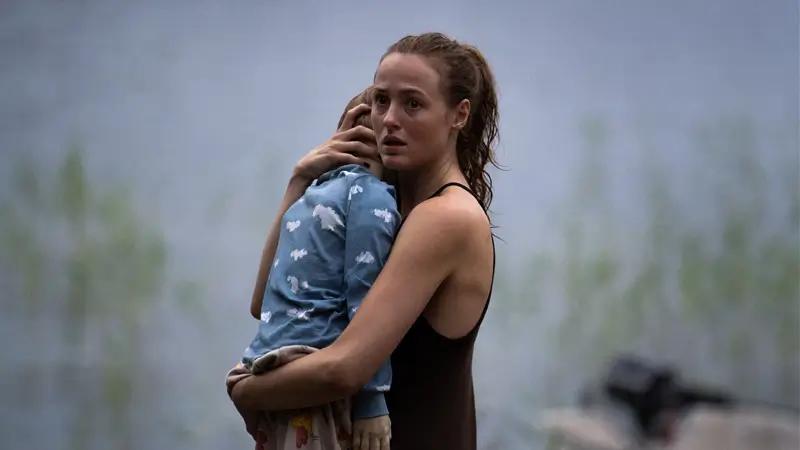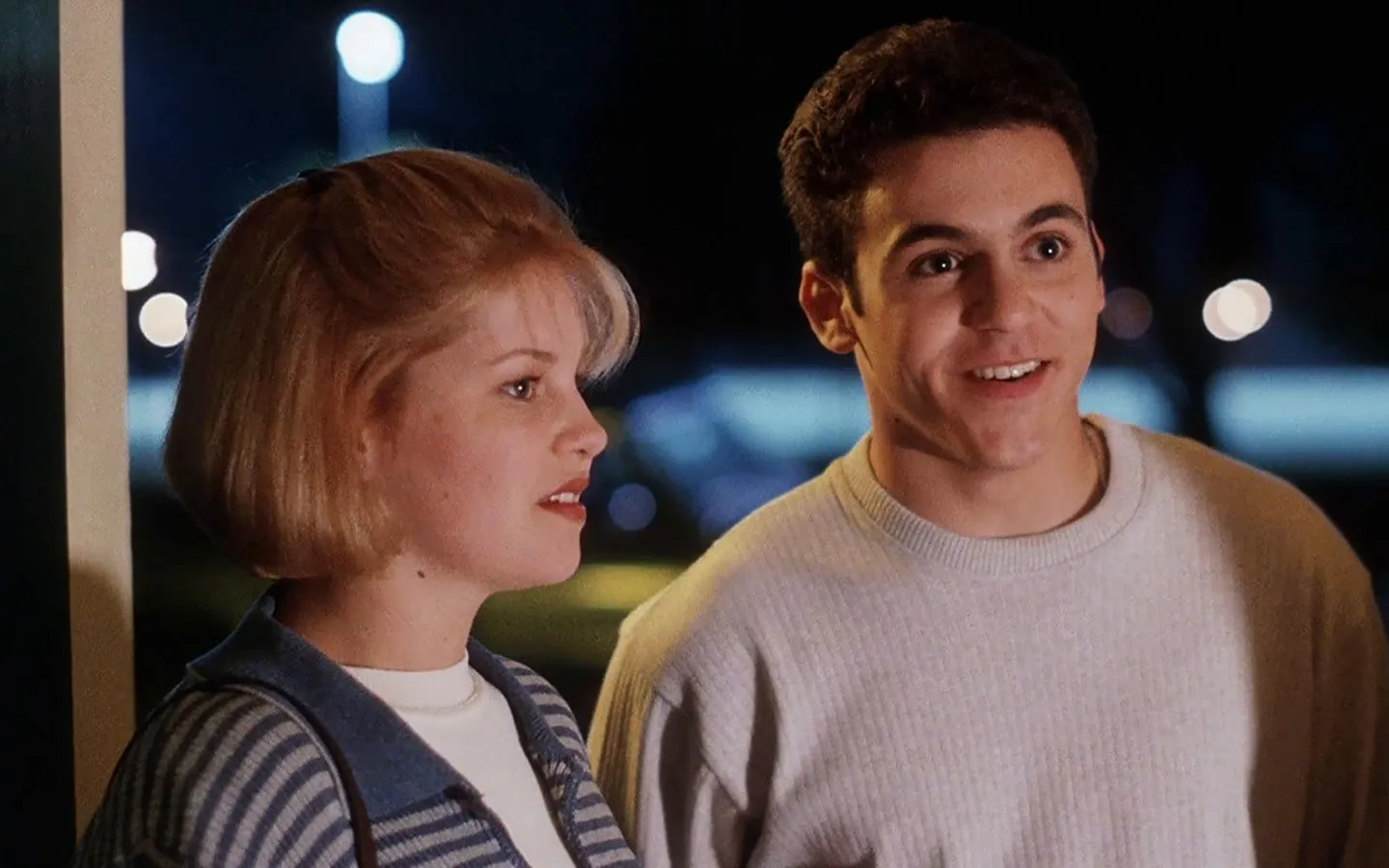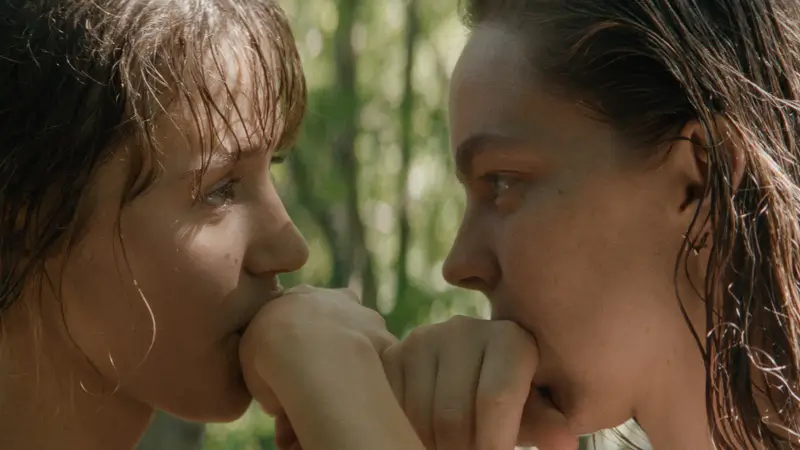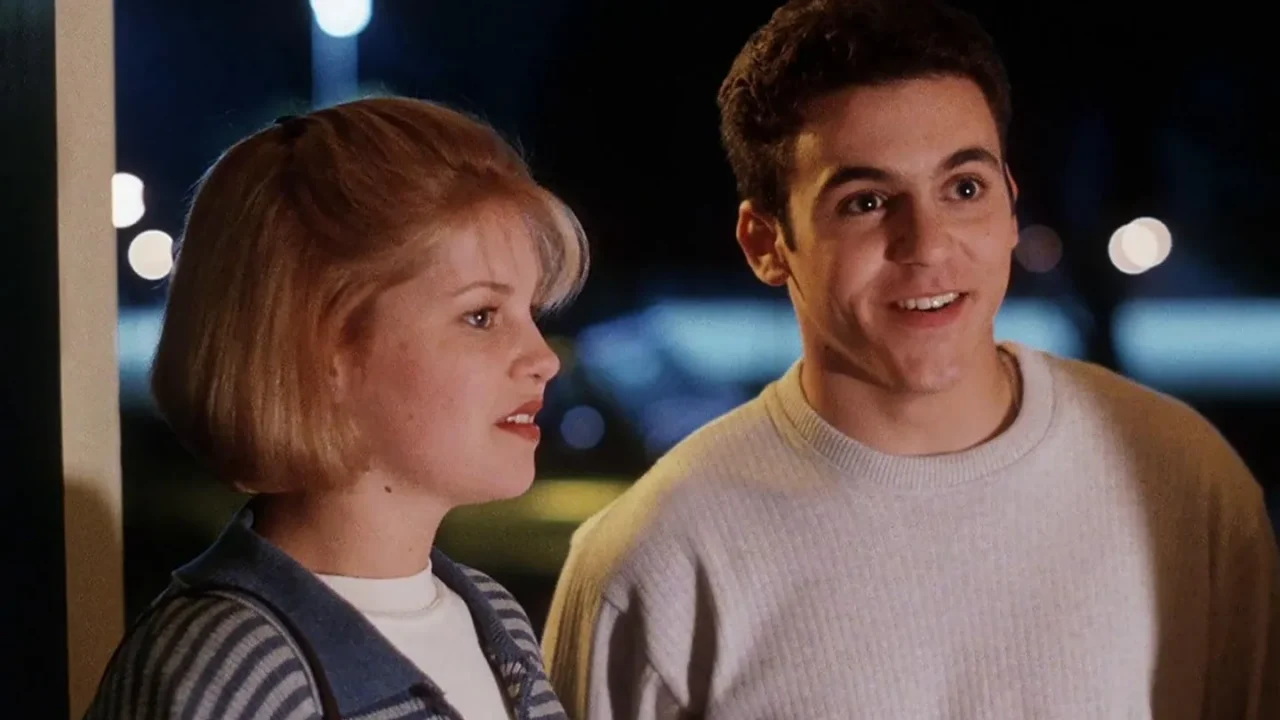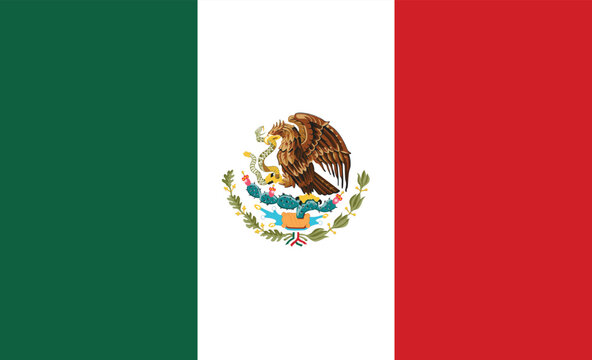The female condition in arab countries
The status of women in Arab countries of the Middle East is marked by profound contradictions. Amid religious traditions, authoritarian regimes, and patriarchal structures, they navigate a reality of significant progress and severe restrictions. The control over the female body — symbolized by the mandatory hijab and policies regulating hair and clothing, for instance — reflects a state and moral authority that seeks to define a woman’s place in society. In countries like Iran, Saudi Arabia, Egypt, and Afghanistan, this control extends far beyond appearance: it reaches into education, work, mobility, and even domestic life.
In Iran, for example, the so-called “morality police” patrol women’s behavior in public spaces, punishing those who defy the dress code. The death of Mahsa Amini in September 2022, after she was detained for allegedly wearing her hijab improperly, sparked a wave of protests that echoed around the world under the slogan “Woman, Life, Freedom.” This phrase became a symbol of resistance, uniting voices demanding an end to oppression and the recognition of female autonomy. This pivotal moment was the subject of the film The Seed of the Sacred Fruit.
Even as state repression remains brutal, there are advances. In countries like Saudi Arabia, recent reforms have allowed women to drive and obtain a passport without male permission, something unthinkable just a few years ago. Access to education is also growing, and more and more women are gaining ground in the workforce and in politics, albeit in limited numbers. However, these strides coexist with a reality of inequality, violence, and silencing. In Egypt, it’s estimated that nearly all women have experienced some form of sexual harassment, and in many regions, it is still rare to see women in positions of power or with full freedom of choice.
Recent protests show a new generation that no longer accepts living under guardianship. Social media and film have become tools of resistance and denunciation, giving visibility to female voices and the complexities of Arab women’s daily lives. Cinema, in particular, has played a key role in this symbolic transformation: through fiction and documentary, local and international filmmakers reveal the conflicts, desires, and survival strategies of these women in the face of oppression.
Films that depict the reality for women in the Middle East
In fiction, the reality of women’s lives in the Middle East is portrayed with power and sensitivity, reflecting the contradictions between tradition, faith, and modernity. Filmmakers are delving into the theme to bring forth emerging reflections.
‘Holy Spider’, Ali Abbasi

In Holy Spider (2022), directed by Ali Abbasi, we follow a female journalist investigating a series of murders of women in Mashhad, Iran. Inspired by true events, the film denounces the complicity of parts of society and the authorities with misogynistic violence, showing how religious fanaticism legitimizes atrocities. The use of the veil and control over the female body are central symbolic elements: the protagonist challenges the patriarchal structure and risks her own life in the name of truth.
‘The Circle’, Jafar Panahi

Another powerful portrait comes from The Circle (2000), by director Jafar Panahi. The work presents fragments of the lives of several women in Tehran, all united by the same fate of exclusion and surveillance. The film exposes how laws and social norms shape every aspect of female life — from birth to prison — highlighting the cyclical nature of oppression. Panahi turns everyday life into political denunciation: women are prevented from moving around alone, from renting a room, from existing publicly without a man’s presence. Banned in Iran, the film is a landmark of resistance cinema and won the Golden Lion at the Venice Film Festival.
‘Wadjda’, Haifaa al-Mansour
Then in Wadjda (2012), by Haifaa al-Mansour — Saudi Arabia’s first female filmmaker — offers a breath of hope amidst social rigidity. The story of a young girl who dreams of buying a bicycle becomes a metaphor for freedom and self-determination. In a country where, until recently, women couldn’t drive, a child’s desire to ride a bike becomes a revolutionary act. The director portrays the female daily life with lightness and delicacy, while still pointing out the limitations imposed on women from childhood.
‘Reading Lolita in Tehran’ and ‘The Patience Stone’ starring Golshifteh Farahani

Films like Reading Lolita in Tehran, by Eran Riklis, and The Patience Stone, both starring actress Golshifteh Farahani (Alpha), by Atiq Rahimi, also explore the female condition under religious and authoritarian regimes. In Reading Lolita in Tehran, a teacher secretly gathers female students to discuss banned Western literature, turning reading into an act of rebellion and intellectual liberation. Meanwhile, The Patience Stone, set in Afghanistan, shows a woman who, while caring for her comatose husband, finds in words the only way to break the silence imposed by a culture that denies her.
- You might also like: Actresses to keep an eye on
‘Terrestrial Verses‘, Ali Asgari and Alireza Khatami

Terrestrial Verses, directed by Ali Asgari and Alireza Khatami, is composed of different stories that illuminate the daily lives of ordinary Iranians facing authorities, bureaucracies, and religious norms — a fragmented fable that turns small clashes (a rejected ID, an official name, a leave request) into political denunciation. The work had its official premiere at Cannes in the Un Certain Regard selection (spring 2023) and was widely discussed by international critics for its austere form and black humor; since then it has toured festivals (BFI, Chicago, among others) and entered international circuits and programs, reinforcing the voice of Iranian filmmakers working under censorship.
‘The Seed of the Sacred Fig’, Mohammad Rasoulof
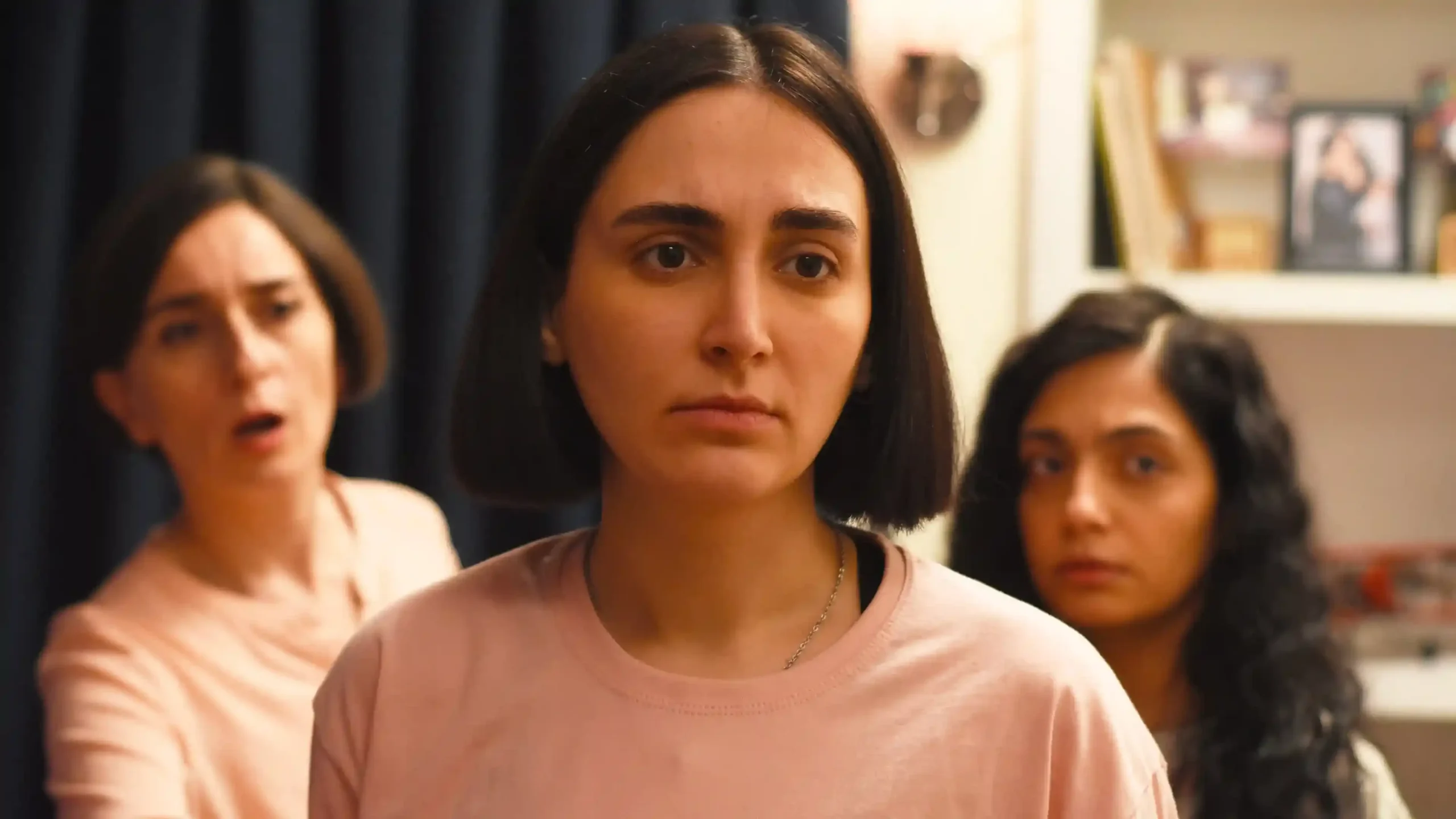
The Seed of the Sacred Fig is a political-family drama that blends fiction and footage from the Iranian protests — a work produced under clandestine conditions that had its international release in 2024 and was selected and awarded on the Croisette (competing at Cannes 2024 and receiving critical acclaim). The film also gained resonance due to the director’s personal context: Rasoulof was sentenced in Iran before the premiere and directed/finished the project in exile, which turns the experience of the work into a direct statement about repression, autonomy, and the risk of filming under a regime that persecutes dissenting voices.
‘Beauty and the Dogs’, Kaouther Ben Hania

Beauty and the Dogs (Kaouther Ben Hania, 2017) reconstructs, in long takes, the traumatic night a young woman is raped by policemen and encounters a web of institutional indifference — a tense film about impunity, sexual violence, and repressive bureaucracy that was selected for the Un Certain Regard section at Cannes 2017 and represented Tunisia in the Oscar pre-selection.
These works, each in their own way, show that resistance can mean small transgressions: reading, riding a bike, investigating a crime, removing the veil. They are simple gestures that, in patriarchal societies, take on political and existential dimensions.
Documentaries: Real voices amid repression
‘Four Daughters’, Kaouther Ben Hania

If fiction denounces through metaphor, documentary exposes reality in its rawest form. Four Daughters (2023), also by filmmaker Kaouther Ben Hania, is an example of how cinema can blend testimony and art to revisit collective trauma. The film follows the real-life story of a Tunisian mother whose two daughters joined the Islamic State. Mixing interviews, reenactments, and reflections, the director explores the wounds left by a society torn between tradition and modernity, religion and autonomy. The director, who gained international visibility with this feature, returned to the scene with a project of great political impact: The Voice of Hind Rajab, a work that had major repercussions at recent festivals (premiere and strong reactions at international festivals), expanding interest in Ben Hania’s narratives that connect individual violence to contexts of conflict and collective memory.
- You might also like: Review ‘The Voice of Hind Rajab’
‘My Stolen Revolution’, Nahid Persson Sarvestani
In My Stolen Revolution (2013), Iranian Nahid Persson Sarvestani returns to Iran decades after fleeing the country. She reunites with women who, like her, were imprisoned and tortured during the post-revolutionary regime. The documentary is an intimate journey about memory and resistance, but also a political record of the price of freedom under regimes that control the female body and voice. The director also made The Queen and I (2008), in which she revisits the history of the former Queen Farah Diba, showing how different women — from activists to figures of power — were shaped by the same system of oppression.
These documentaries broaden the perspective on what it means to be a woman in the Middle East: to be watched, censored, and yet, to keep fighting. The strength of the protagonists, their memories, and their pains transform cinema into a space for resistance, memory, and dialogue with the world.
The films and documentaries portraying the reality of women in the Middle East reveal a landscape of conflict between tradition and emancipation. Amid authoritarian governments, religious laws, and patriarchal societies, they resist — in daily gestures, in art, in the streets, and on screen. Cinema thus becomes a tool for denunciation, empathy, and transformation, offering the audience a sensitive and urgent portrait of the struggle for freedom, dignity, and equality.
Watch, reflect, and share these stories. Each film is an invitation to see the Middle East beyond stereotypes, through the eyes and courage of its women.



